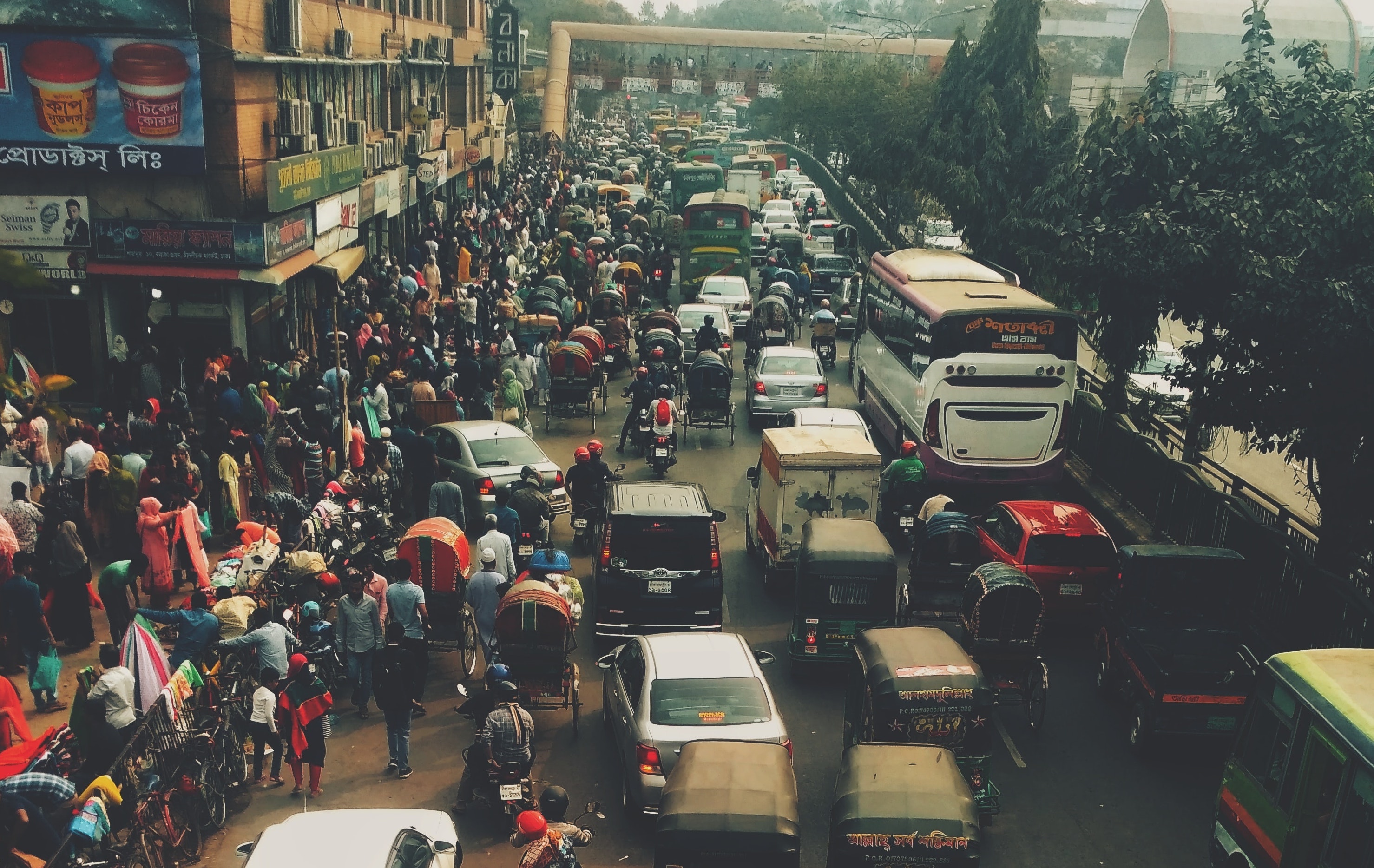Learning About Digital Benefit Payments in a Pandemic

Editor’s Note: this is the first in a series of posts about adapting an ongoing policy project about digital payments with Bangladesh’s government to the current COVID-19 crisis.
On one of many trips to Bangladesh, I met Rohima, whose story stuck with me. At the age of 22, Rohima moved from a rural village, leaving behind her two young children under the care of their grandparents, so she could work in one of the many Dhaka garment factories. The list of challenges she had to immediately figure out (and with no formal education) was staggering—how to get around, her new profession, and navigating a workplace. Imagine her reaction when she found out she could only get her wages through a mobile phone. She didn’t know how to read or write and didn’t own a phone.
Thankfully, Rohima figured out how to check balances, determine if her wages had been deposited, and send money back home to her family in her village. Her story is one of resilience, fortitude, perseverance, and, eventually, pride in her achievements. But it also reflects structural problems that weigh disproportionately on women and are expected to weigh even more heavily as the COVID-19 crisis deepens. Social protection funds have to be distributed quickly and widely to the vulnerable. Bangladesh, like many governments, needs to respond to the crisis, but the fastest channels typically involve banks and mobile phones. Bangladesh has among the highest gender gaps in both having a formal bank account1 and in mobile phone ownership: Fifty-eight percent of women phone own a mobile phone, compared to 86 percent of men.2
These gender differences are both a symptom and a cause of women’s lack of full financial inclusion in Bangladesh. As new strategies for financial inclusion emphasize formal account ownership and digital payments, women already risked falling further behind. Now the risk is even higher, with COVID-19 interfering with “business as usual” in so many facets of economic life and limiting face-to-face contact. To help mitigate gaps in the current crisis response, IPA is pivoting an existing research project with Bangladesh’s government on digital payments to respond to COVID-19’s challenges.
The Importance of Monitoring Digital Cash Payments
Bangladesh’s government has made direct cash payments to vulnerable populations for many years. It’s traditionally been an arduous process, with beneficiaries queuing for hours to receive their cash payments at designated times and designated offices, often far from home.
As new strategies for financial inclusion emphasize formal account ownership and digital payments, women already risked falling further behind. Now the risk is even higher.
In recent years, the government has moved to digitize these payments across the country—opening bank accounts and depositing social transfers directly into beneficiaries’ accounts, some of which may be accessed by mobile phones. Sending payments digitally is generally faster and more secure, and there is reason to think it offers the promise of greater and autonomy and empowerment for women and the vulnerable, but it also can magnify risks. Plenty of women in Rohima’s position are not able to learn to read, to use a phone, or to consistently have both the technology access and airtime they need to access their own money.
IPA recently began a project with A2i, a branch of the Bangladesh government, to help monitor the digitization process of three distinct vulnerable populations: old age pensioners, widows, and disabled people. The aim is to identify challenges beneficiaries may experience, so that they may be addressed quickly to improve the process:
- Beneficiaries’ adoption of the new way of digitally accessing the system: Do they know how to access their money? What challenges do they experience?
- Beneficiaries’ experiences with the new system: How do they receive information about the payment? How long does it take them to access money? Do they encounter service downtime, other technical problems, or have other grievances with the system? What is their overall satisfaction with it?
How do you conduct research during a pandemic?
Just as the operations for the original vision of the study were beginning, COVID-19 arrived and IPA suspended all face-to-face data collection. Instead, we repositioned this project to a phone survey. There is a wide range of concerns about conducting phone surveys, some of which mirror concerns about digital finance: how to effectively reach beneficiaries who don’t own a mobile phone; how to account for a sample of people we reach that may not represent all vulnerable people; how to encourage participants who may be wary of mobile phone scams that our survey is legitimate; and how to counter “survey fatigue” from participants being asked to complete lengthy phone calls.
The challenges we face in adapting our research about digital payments are formidable, but they also reflect ones that governments trying to respond to the crisis will face all over the world.
Some commentators have described the COVID-19 crisis as a “mirror” that reflects and deepens the existing vulnerabilities in society. For people like Rohima, already living in vulnerable situations and working hard to navigate complex obstacles, the health and economic impacts of the pandemic will be daunting. The challenges we face in adapting our research about digital payments are formidable, but they also reflect ones that governments trying to respond to the crisis will face all over the world. We hope that our work will yield valuable insights for Bangladesh’s government and the broader research community about delivering government aid to vulnerable populations, especially in times of crisis like the present one.
In our next post, we will discuss in some more detail how we’ve been addressing the logistical hurdles that COVID-19 creates for our research and what we have learned so far—stay tuned!












